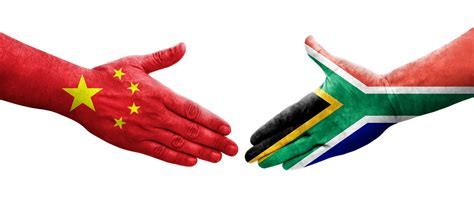In a decisive move to shield its economy from the fallout of a steep 30% unilateral tariff imposed by the United States, the South African government has announced a comprehensive economic response package.
The tariffs, set to take effect on 8 August 2025, threaten to disrupt trade flows and trigger job losses. South Africa, which accounts for a mere 0.25% of total U.S. imports, will counter the impact through the creation of an Export Support Desk and a Localisation Fund, aimed at supporting affected industries and diversifying export markets.
Notably, 35% of South African exports including copper, pharmaceuticals, semiconductors, and energy products will remain exempt from the new tariffs.
“We will continue to engage the U.S. to conclude a deal that advances the interests of both countries,” said DIRCO Minister Ronald Lamola, stressing South Africa’s commitment to value addition and industrialization over extractive trade models. Lamola added, “South Africa poses no trade threat to the U.S. economy nor its national security. Our exports support America’s industrial base and fill seasonal gaps in agriculture.”
Minister of Trade, Industry and Competition, Mpho Parks Tau, echoed the sentiment, noting, “We must negotiate in the interest of the country. We were promised a template; we are still waiting.”
While the government’s response is proactive, trade experts caution that the policy uncertainty could reduce South Africa’s economic growth by 0.2%, though the full impact remains unclear.
The Export Support Desk will serve as a direct contact point for affected companies, offering tailored advisory services, market entry guidance, compliance insights, and diplomatic linkages.
The Localisation Fund Support (LSF) will provide financial backing for industries hit by the tariff hike, aimed at preserving jobs and production capacity.
The government is also pursuing continued diplomatic engagement through all available channels to secure a fair and mutually beneficial trade framework, while strategically reaching out to new regions across Africa, the Americas, and Asia to reduce dependency on U.S. markets.
The United States is South Africa’s third-largest trading partner, following the European Union and China. The tariff escalation threatens to strain this critical relationship, potentially reshaping trade dynamics in the Southern African region. South African companies, already adapting to Section 232 duties since 2018, now face heightened instability.
Globally, the move signals a shift toward protectionist policies that could ripple through supply chains, especially in sectors like agriculture, mining, and manufacturing.
South Africa’s counter-seasonal exports particularly in agriculture play a vital role in stabilizing U.S. markets, and any disruption could lead to price volatility and supply gaps.
Beyond trade figures, the real concern lies in job security and economic resilience. The government’s collaboration with the Department of Labour aims to cushion potential job losses, ensuring that workers and industries are not left behind.
“Our goal is to preserve and grow these mutually beneficial relationships,” Lamola affirmed, underscoring the human dimension of trade diplomacy.
As the 8 August deadline looms, South Africa’s principled stance and strategic response may well serve as a blueprint for smaller economies navigating the complexities of global trade power plays.
Read Also:Africa Rallies for Infrastructure Change Under South Africa’s Lead – Jaina News
Empowering South Africa’s Future: €500 Million Energy Boost – Jaina News
Empowered By Energy Transition: $475M Boost Fuels South Africa – Jaina News






